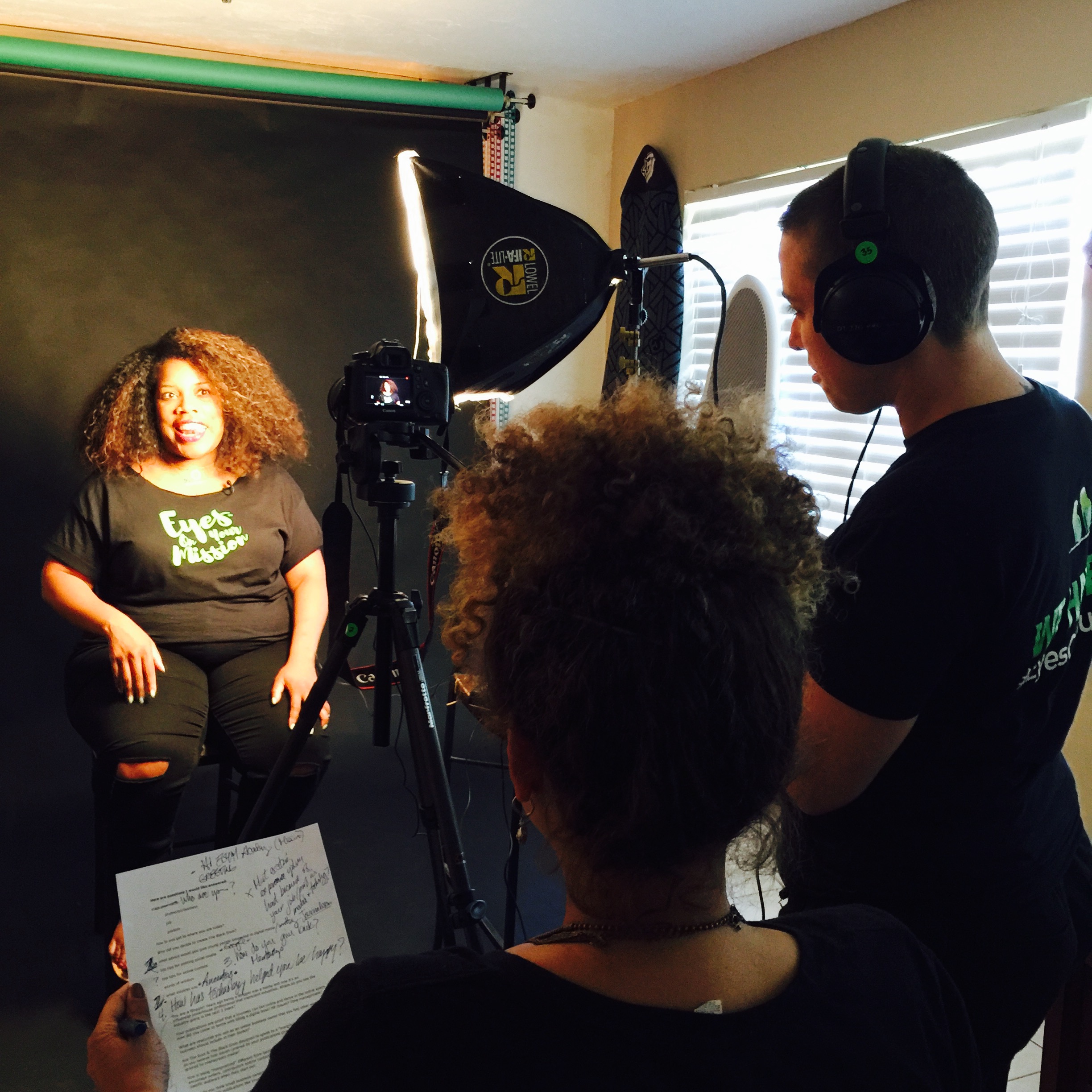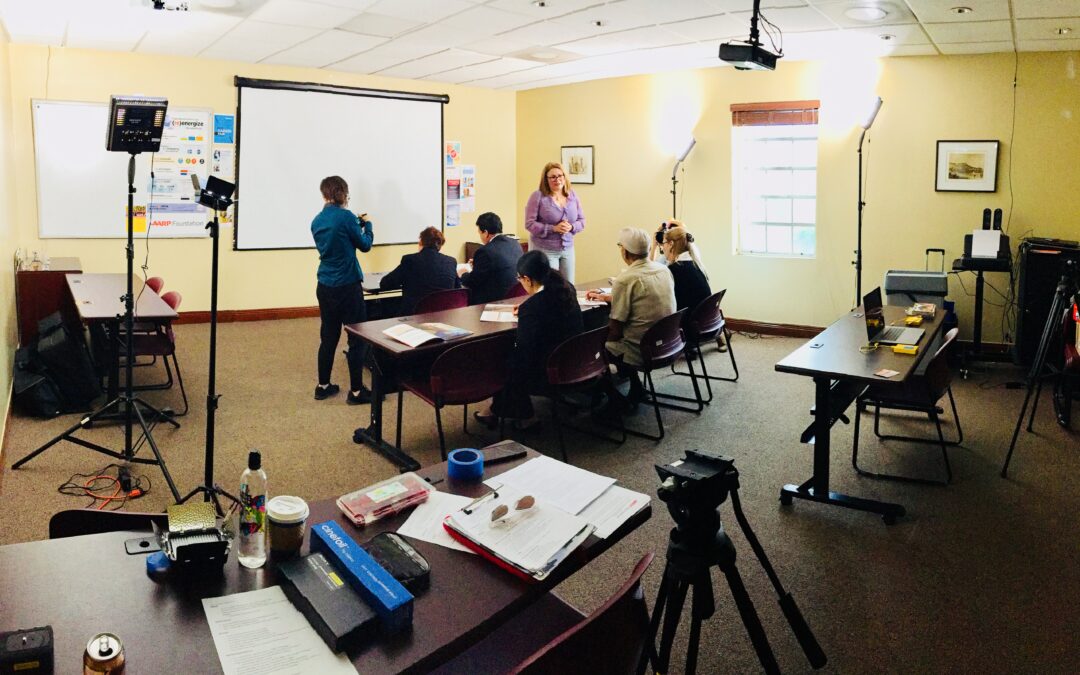
In this blog, we will discuss all of the items that a professional nonprofit video production company should ask you for at the beginning of the process in order to have an efficient video production project. We are pointing this out because many companies don’t put in the hard work up front that ensures the best possible client experience. We’ve learned to collect these items after 20 years of formulating our own processes with nonprofits and charities at Two Parrot Productions. In some circumstances (i.e. Storyboards), the production company will work closely with the client to create these. Others already exist and must just be handed over.
1) Your Mission, Vision, Values
The first thing a video production company needs from you is your company/organization’s mission/vision. This will help us get a better understanding of the WHY of your group. We want to be able to make those emotional connections in the final product. We understand how important keeping the values of your group is and we want to make sure the final product reflects your brand well.
2) Annual Report
The other thing a video production company should review is your last annual report. This will give us a solid understanding of your key messages and the visualization of your brand through images, colors, fonts and designs.
3) Brand Guidelines
Most organizations have a “Brand Guidelines” document. It is important that you submit this to the video production company you are hiring so all the stylistic choices made for your video reflect your brand properly.
4) Goals for the Video Campaign
The other important thing is to tell the company about your goals behind the video campaign. Maybe you want to raise funds at a gala, or maybe you just want to spread awareness of the issue or cause. Either way the video production company needs to understand the “Call to Action” so we understand clearly what you want people to do after they watch your video.
5) Shot List
A shot list is a strategic document that lists all of the shots to be shot in a specific shoot day. It is a way for the director to clearly communicate the images that need to be captured on production days. The shot list consists of locations, characters, shot types, camera movement, etc. A shot list is like a shopping list to make sure you get every shot you want to tell the narrative.
6) Shoot Schedule
Scheduling is crucial to a successful and efficient shoot. The schedule should be decided weeks in advance, so that by the time you are on set everyone knows exactly what’s happening next. Make sure your schedule includes call times, interviewee names, locations, duration of interview, etc. We can help you make this schedule, but you are largely in charge of arranging all the schedules of your on-camera talent. Even if things don’t go exactly as planned during your shoot, it is helpful to have a schedule to adhere to as your “north star.”
7) General Storyboards
A storyboard is a set of squares featuring sketches/illustrations representing every shot, sandwiched together with notes about what is happening in the scene and what is being said. Consider it as kind of a comic book version of your script. These are helpful because it is a roadmap to make your video. Storyboards help you visualize what the shot will look like before you get on set, so when you get there all you have to do is follow along. By being organized in pre-production, you know which shots you want to get and how to make them when filming starts. It’s possible to get others’ comments early on and also make easy alterations to your storyboard, instead of making significant changes while filming.
8) Script and/or Key Message Bullets
Will your video have a script? Or just a list of key message bullets you’re looking for us to pull out during an interview. Scripts are important because it gives us the FULL outline of the video. However, you don’t want to put words in the mouth of non-actors. Rather, you tell them the key bullets we want them to naturally discuss. If we have real lines to read, you might want to consider hiring professional actors. Nothing’s worse than a non-actor trying to remember and read lines. It comes across TERRIBLY on video.
9) Voice Over Script?
If your video is not going to have audio shot on set, will there be a voice over that needs to be recorded? Some videos have supplemental footage with a voice over playing in the background. If you would like a voice over, you will provide a script to the video production company for them to pass along to the voice over actor.
10) Approximate Length of Video
An agreement needs to be made about the required length of video. Knowing how long the video is going to be is important so we know how much content needs to be captured to meet the time requirement. Shooting/editing is priced out based on the length of the video(s). Though we produce videos as short as ten seconds, and as long as thirty minutes, our favorite length is 2.5 minutes.
11) Archival Photos/Videos to Include
Do you have old or pre-recorded footage already that you would like to incorporate in the project? If so, let us know. You can send over videos, or photos. Just make sure they are high resolution so they don’t appear blurry or out of focus when incorporated with high resolution video and animation.

